While the holidays are a great time for indulging in your favorite sweets and treats, they can be stressful if you have a child with diabetes. You’re tasked with paying close attention to your child’s eating choices while making sure he or she doesn’t feel left out of the festivities.
With careful planning, your child can participate and enjoy the holidays with friends and family.
Monitor blood sugar levels frequently
High carb holiday foods, including cakes, breads and pasta can cause blood sugar levels to spike. Therefore, it’s a good idea to check your child’s level more frequently during the holidays and dose insulin accordingly; keeping in mind that activity may also affect blood sugars.
Different insulin regimens require different strategies
If your child is on an insulin regimen requiring two or three shots per day (known as conventional insulin therapy), try to time the holiday meal around dinner so that the short or rapid acting insulin can be easily adjusted. Otherwise, if the meal is in the afternoon, consider adding an extra dose of rapid or short acting insulin to cover the meal. Please discuss details with your child’s diabetes team, which will happily assist in managing insulin doses during holiday festivities.
If your child is on basal/bolus therapy with multiple daily injections or insulin pump therapy, it is easier to be more flexible in timing of meals. Provide insulin for carbs as well as to lower blood sugars.
Keeping portions sensible is key
Eating or snacking all day long is not a good idea for children with type 1 or type 2 diabetes, as it is difficult to match insulin requirements. Avoid “stacking” resulting in lower blood sugars due to overlapping insulin doses.
It’s important for children to enjoy their favorite foods and drinks in moderation just as it should be for family members without diabetes.
Make healthier desserts by using a sugar substitute
To eliminate sugar in baked goods, try using a sugar substitute such as stevia. Unlike sugar, artificial sweeteners do not raise blood sugar levels.
One important suggestion: Avoid giving your child foods with sugar alcohols such as “diabetic candy or ice cream,” which can cause an upset stomach and diarrhea.
Encourage your family to get active
After a large meal, take your child on a walk or play an interactive game requiring physical activity with friends and family. Exercise not only helps to keep blood sugar levels stable, but it’s a great way to bond with family members away from snacks at the kitchen table.
This article originally appeared in Northern Virginia Magazine.
 https://riseandshine.childrensnational.org/wp-content/uploads/2025/08/moving-in-to-college-feature.jpg
300
400
webteam
https://riseandshine.childrensnational.org/wp-content/uploads/2017/11/childrens_riseandshine_logo.jpg
webteam2025-08-20 10:41:032025-09-12 11:27:01Sending your teen with type 1 diabetes off to college: 10 tips for a safe and successful transition
https://riseandshine.childrensnational.org/wp-content/uploads/2025/08/moving-in-to-college-feature.jpg
300
400
webteam
https://riseandshine.childrensnational.org/wp-content/uploads/2017/11/childrens_riseandshine_logo.jpg
webteam2025-08-20 10:41:032025-09-12 11:27:01Sending your teen with type 1 diabetes off to college: 10 tips for a safe and successful transition



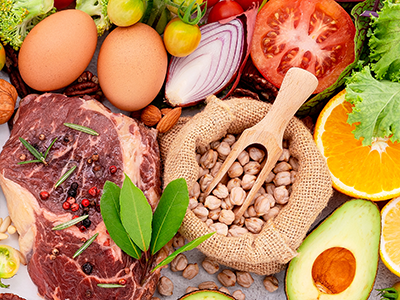
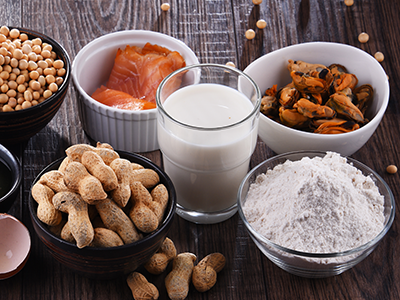
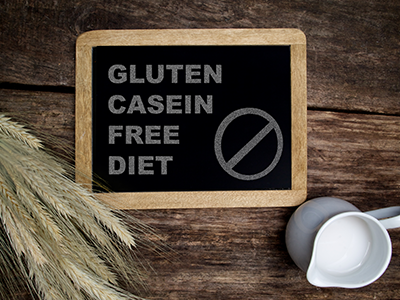

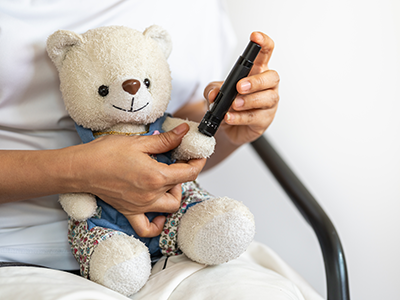
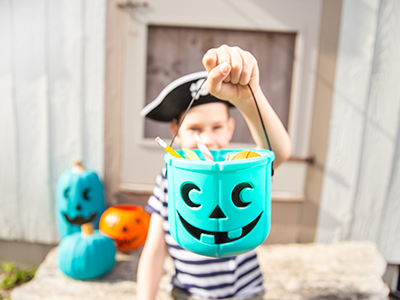

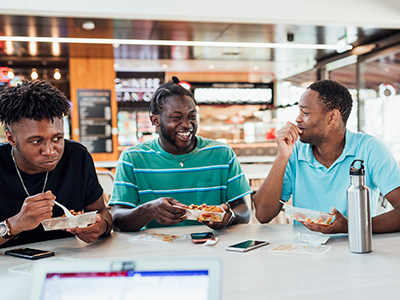


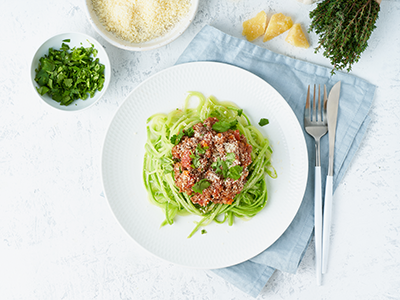
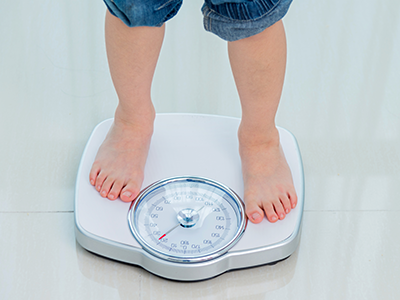
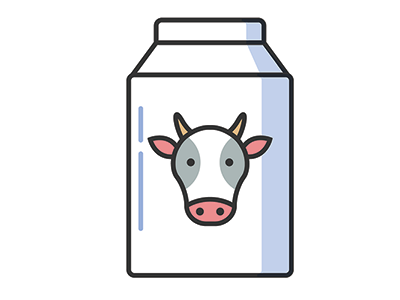
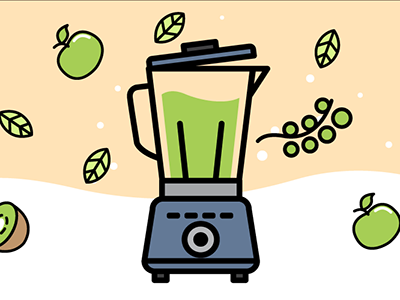

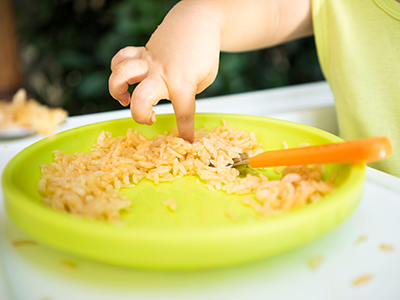
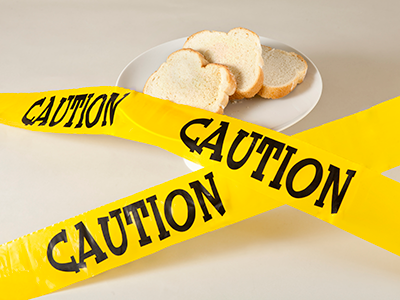

Leave a Comment
Want to join the discussion?Feel free to contribute!